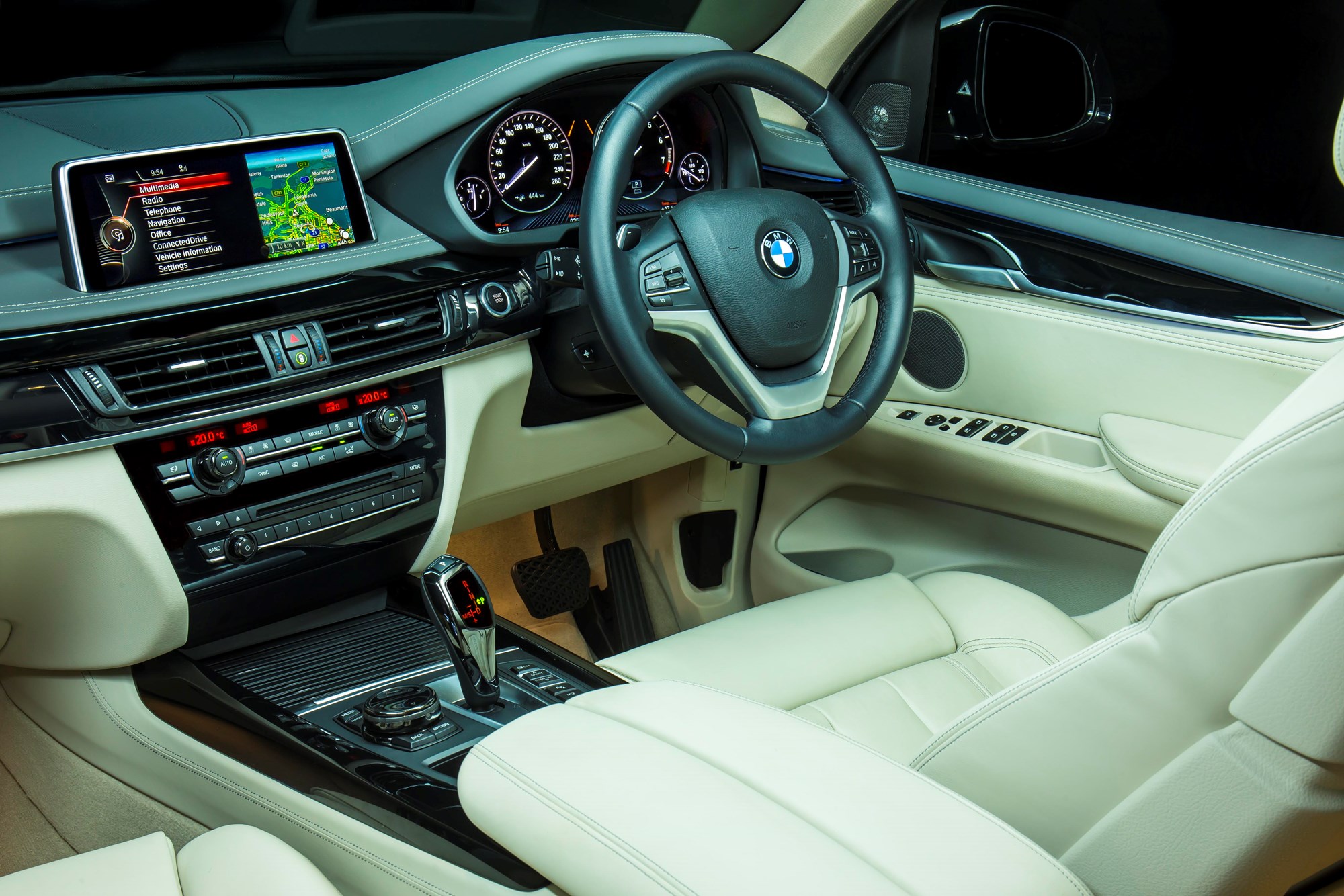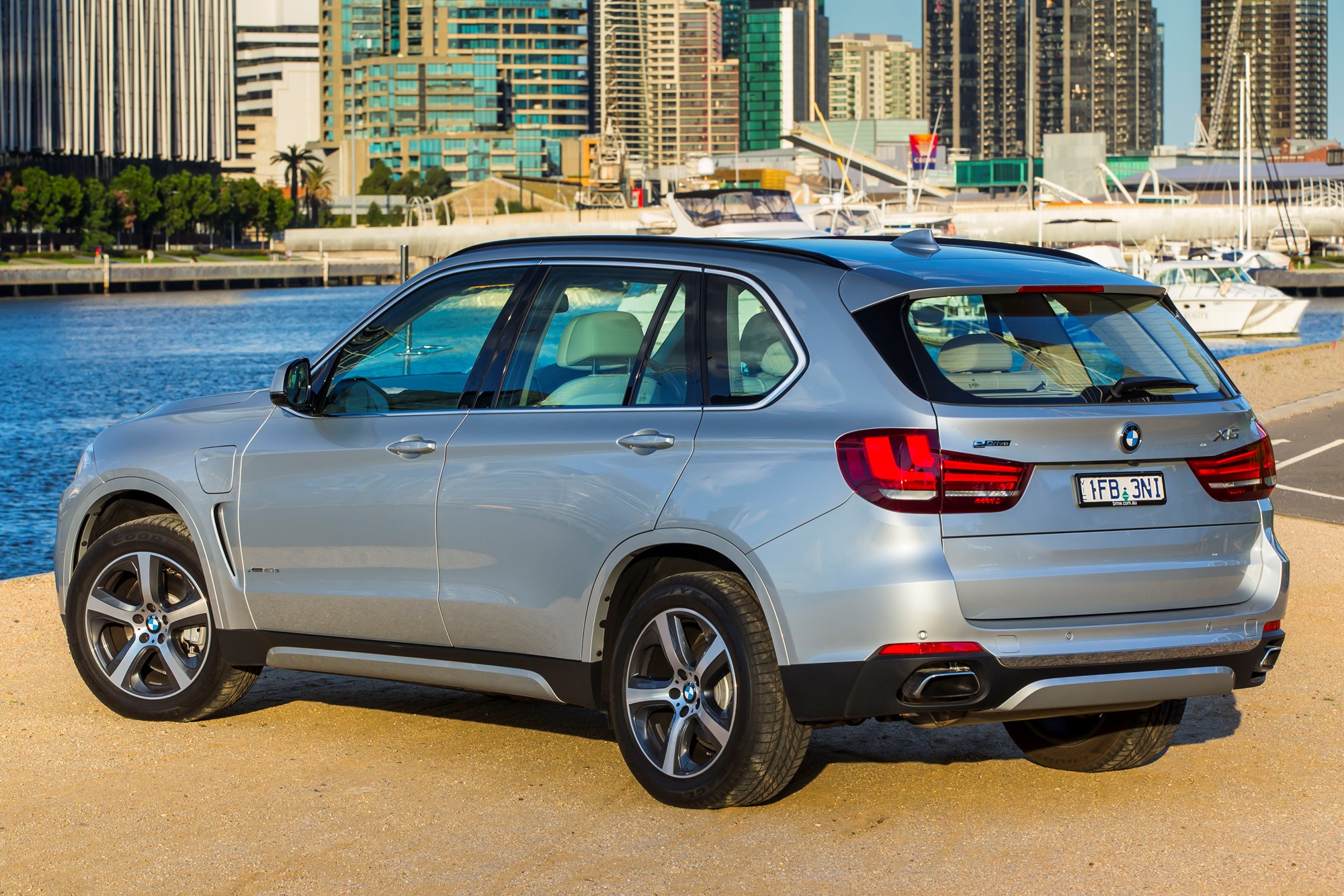BMW New Zealand is adding to its electric fleet with the reveal this week of the BMW X5 plug-in hybrid SUV that is aimed at urban buyers.
BMW is extending its i range, which currently has the i3 and i8 vehicles, with the X5 plug-in to sit under a newly established i performance banner.
Revealed in Canberra to the Australasian media this week, the X5 xDrive 40e has fuel efficiency figures of 3.3-litres/100km with an EV-only range of 31 km.
In New Zealand, the X5 40e will sit alongside the 2 Series Active Tourer plug-in hybrid in the i performance range. Both vehicles will go on sale in New Zealand in the middle of the year.
 Prices will be revealed closer to launch date but according to a BMW NZ spokesman said the X5 plug-in will be close to price to the X5 40 diesel, which is $147,300.
Prices will be revealed closer to launch date but according to a BMW NZ spokesman said the X5 plug-in will be close to price to the X5 40 diesel, which is $147,300.
The X5 xDrive 40e is powered by two engines: a 2-litre, four cylinder 180kW/350Nm petrol engine, and an 83kW/250Nm electric module, together the two engines will produce 230kW/450Nm.
The X5 plug-in had three electric or hybrid drive modes: the default auto eDrive used for city driving; the Max eDrive which is all-electric for up to 120km/h; and the save battery function that provides boost from the electric engine.
The X5 40e also had four drivetrain settings: eco pro, comfort, sport and sport plus.
With an 85 litre petrol engine, that had a 1000km range, there are also visual difference compared with a diesel or petrol X5.
 Over the left front wheel was a charging point, while the rear floor was 40mm higher as the battery was stored in the boot space where the spare tyre would be, with the EV instead sitting on 20in run flat tyres.
Over the left front wheel was a charging point, while the rear floor was 40mm higher as the battery was stored in the boot space where the spare tyre would be, with the EV instead sitting on 20in run flat tyres.
Driven was the only New Zealand media to drive the X5 plug-in at the Canberra launch that included a fuel economy run and a highway cycle in sports mode.
The fuel economy run was to demonstrate the average commute of the Australian driver, which is 31.2km per round trip a day.
The expected fuel economy was between 3-4l/100km while one Australian motoring writer managed 2.7l/100km.
For the fuel economy cycle, the X5 was driven in auto eDrive paired with eco pro to get maximum efficiency. My co-driver managed 5.3l/100km during a circuit around suburban Canberra with an average speed of 40km/h.
For my drive circuit, I used sport drivetrain mode to regenerate the battery, which was on 2 per cent charge due to the economy run.
The drive took in highway speeds of up to 90km/h and country roads with my fuel economy figure after 30km coming in at 7.2l/100km.
Potential buyers are customers wanting a low emission and fuel efficient vehicle that would be suitable for week-day commutes while capable for weekends away and family holidays – all with a premium badge.





